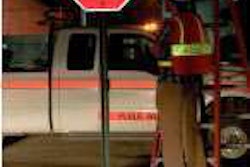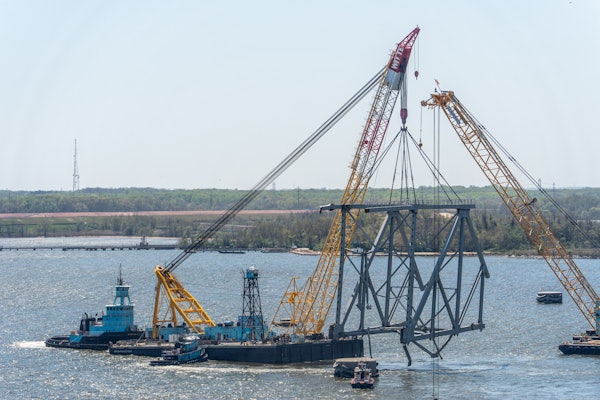Three for the Road
The Bloomberg-Rendell-Schwarzenegger funding and fixing plan
By John Latta
This month, there may be a real reauthorization debate. Finally. Maybe. Whether it results in anything solid is something of a long shot.
Somewhere in almost all of the various plans presented as saviors of America’s infrastructure (and there is a sizeable number), there are ideas that must eventually be adopted. Too many good, experienced minds have analyzed all possible avenues for us not to have solutions available to us.
Now, Building America’s Future (BAF) has tabled new plans to help us fix our transportation infrastructure and move it out of its archaic straitjacket.
Building America’s Future was founded and is headlined by Pennsylvania Gov. and transportation policy maverick Ed Rendell, former California Gov. Arnold Schwarzenegger and New York Mayor Michael Bloomberg. It claims a diverse bipartisan membership of state and local elected officials from across the country. Its quirky independence might have caused it to lose some impact, but its new report entitled Falling Apart and Falling Behind is gaining support.
One simple statement from the BAF report is, prima facie, startling: “We have let more than half a century go by without devising a strategic plan on a national scale to update our freight and passenger transport system.” As the size of federal investment in transportation infrastructure (as a share of GDP) has steadily fallen, and as federal funds are “dispersed to projects without imposing accountability and performance measures,” our transportation infrastructure is stuck back in the past century. Our passenger transportation system is saddled with congestion woes and by being largely run on gasoline is “environmentally, politically and economically unstable. We have the world’s worst air traffic congestion, in part because we are still using the radar-based air traffic system developed in the 1950s,” so says the BAF report. And in this, they really echo virtually every other major report on the topic in the past five years.
BAF’s key recommendations are not new, but they are centrally important to our future:
One: Develop a national infrastructure strategy for the next decade that makes choices based on economics, not politics.
Essentially, this is a 10-year strategic plan for creating investment in America’s infrastructure. The plan must “spur” an investment of $200 billion a year and, if it does, it will create nearly five million jobs for the next decade, says the BAF research. “This investment would create nearly half of the 12.5 million jobs that we need to revive the American economy and keep them in place for the next decade.”
Two: Pass a six-year transportation bill updated to compete in the 21st-century global economy.
This one’s really an unopposed no-brainer. And the BAF emphasis on a bill that is not simply a status-quo extension is also almost universally supported, although there is some refreshing astringency in the BAF language: “The new bill must move from an essentially recycled version that thinly distributes funds based on archaic formulas and political expediency to a plan that sets clear priorities and makes hard choices . . .”
Three: Be both innovative and realistic about how to pay.
Again, the recommendation is mainstream and widely held. But it relies more heavily than most other analyses on the creation of a National Infrastructure Bank to leverage private money, and wants new long-term revenue-gathering options, as do most observers in this field. It also calls for a gas tax increase “once the U.S. economy improves,” another popular position. The infrastructure bank idea has been getting some increased support. When the American Society of Civil Engineers recently estimated just how badly our infrastructure had deteriorated, the group described a crumbling system that would take a five-year investment of $2.2 trillion to adequately improve. There’s no way that sort of money comes by check from Washington. To attract private money that is out there looking for something to do (and there is a lot of it), something predictable, reliable and with a good rate of return is needed: The Infrastructure Bank is an intriguing possibility. It would loan funds or guarantee loans for major infrastructure projects that are “in the public interest,” with returns primarily from user fees such as tolls and fares. The idea not only brings private money to the table, it would create jobs.
Four: Promote accountability and innovation.
BAF is again not alone and doesn’t break new ground in this area of reform recommendation. But the plain speaking (perhaps not a surprise, given BAF’s founders) is very much to the point: “Under current transportation policy, Washington impedes local innovation while failing to impose accountability for money distributed across the country.” The BAF report calls for faster project delivery times, clearer criteria for all funding and the encouragement of state and local innovation through competitive grants. There are those, of course, who argue that more state involvement, more “flexibility,” is also a way for Washington to slide off cost (read tax) increases that will have to be made by the states, leaving clean hands in D.C.











